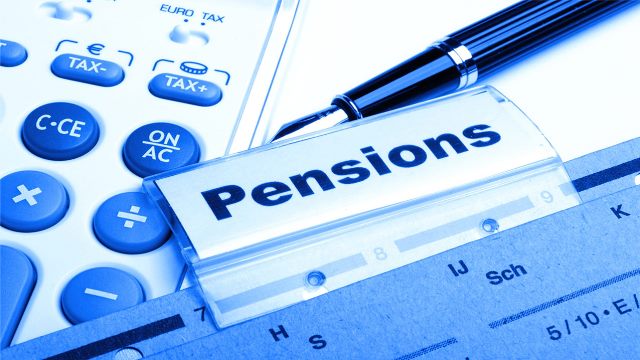The benchmark yield on Nigerian government bonds fell marginally to 19.31% as investors boosted their exposure to the secondary market. Asset managers have been active in the bond market, aiming for optimal portfolio returns.
High rates in the fixed income market have generated persistent demand for Nigerian bonds, even as inflation continues to erode profits. Market players requested higher rates at the debt office’s monthly auction as bond supply dropped.
This week, the rise in inflation rates spurred risk-off sentiment, with selloffs on borrowing instruments pushing yields on the short and long ends of the curve higher in the market. For most of the trading session this week, the FGN bond yield has been around 19%.
On Thursday, the local FGN bond market traded mixed to positive, with sideways interest recorded across key maturities, especially the February 2031, May 2033, and February 2034 papers, according to AIICO Capital Limited.
Cordros Capital Limited revealed in its latest update that the average yield in the mid category fell by -13 basis points. The decline in yield was driven by purchasing demand in the FEB-2031 (-39bps) bond, which ended flat at both the short and long ends.
In a study, FSDH stated that the rise in rates and yields in Q3 2024 enhanced investor interest in the fixed-income market, placing downward pressure on FGN Bond yields.
In response to hikes in policy interest rates, yields in the bond and Treasury bill markets rose significantly. The yield on a 1-year NT bill peaked at 26.5% in Q3 2024 before subsiding due to increased demand. Similarly, the yield on a year10-Year FGN bond reached 20.7% as of the end of September.
As yields increased in the fixed-income market, the equity market lost momentum, with the NGX All-Share Index (ASI) recording a 1.8% loss in Q3 2024, compounding the 4.3% loss from Q2 2024.
Investor sentiment is likely to remain mixed, with some expecting higher yields in the near term and others opting to lock in the already elevated rates. Nonetheless, yields are expected to stay high and will closely follow movements in the policy rate.












